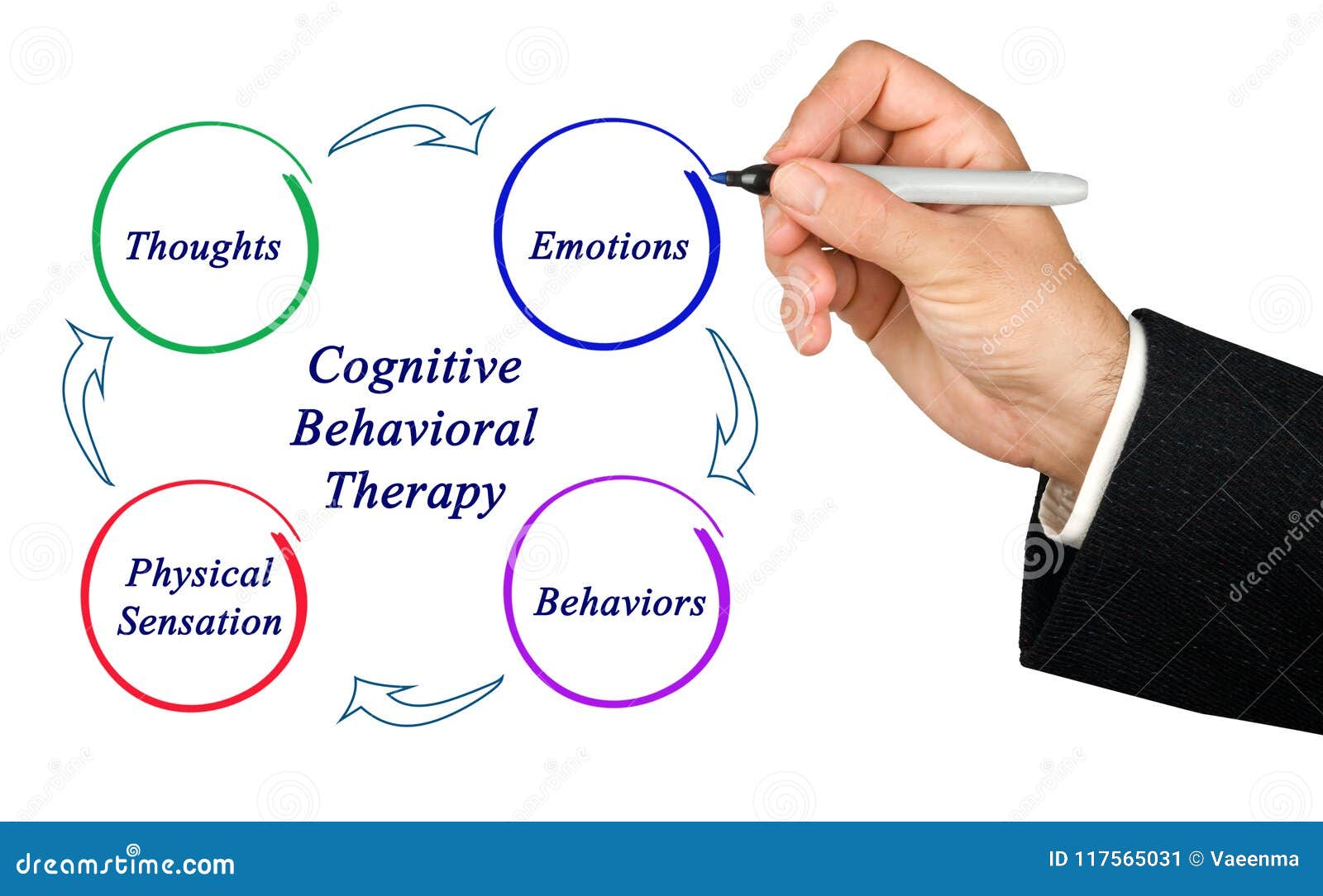
Behavioral Activation Therapy (BAT) is a form of psychotherapy that is used to treat depression, anxiety, and other mental health disorders. It is a specific type of Cognitive Behavioral Therapy (CBT) that focuses on helping individuals identify and change negative patterns of behavior that contribute to their symptoms. In this blog post, we will explore the principles of BAT, its techniques, and its effectiveness in treating depression.
What is Behavioral Activation Therapy?
Behavioral Activation Therapy is a form of psychotherapy that is based on the idea that behavior and your mood are closely linked. The therapy aims to help individuals identify and change negative patterns of behavior that contribute to their symptoms of depression. The goal of BAT is to increase positive behaviors and decrease negative behaviors, which in turn can improve mood and reduce symptoms of depression.
BAT is often used as a standalone treatment for depression, but it can also be used in conjunction with other forms of therapy, such as medication or talk therapy. The therapy is typically conducted in a one-on-one setting with a therapist, but it can also be done in a group setting.
The Principles of Behavioral Activation Therapy
The principles of BAT are based on the idea that depression is often caused by a lack of positive reinforcement in an individual's life. This can lead to a decrease in positive behaviors and an increase in negative behaviors, which can perpetuate the cycle of depression. BAT aims to break this cycle by helping individuals identify and engage in positive behaviors that can improve their mood and reduce their symptoms of depression.
The techniques used in BAT are designed to help individuals identify and change negative patterns of behavior. These techniques include:
1. Activity scheduling: This involves scheduling activities that are enjoyable and rewarding, such as hobbies, exercise, or spending time with friends and family.
2. Graded task assignments: This involves breaking down larger tasks into smaller, more manageable tasks, which can help individuals feel a sense of accomplishment and reduce feelings of overwhelm.
3. Behavioral experiments: This involves testing out new behaviors to see how they affect mood and behavior. For example, an individual may try engaging in a new hobby or activity to see if it improves their mood.
4. Problem-solving: This involves identifying and addressing problems that may be contributing to depression, such as relationship issues or financial stress.
The Effectiveness of Behavioral Activation Therapy
Research has shown that BAT is an effective treatment for depression. A study published in the Journal of Consulting and Clinical Psychology found that BAT was just as effective as traditional CBT in treating depression[1] . Another study published in the Journal of Affective Disorders found that BAT was effective in reducing symptoms of depression in individuals with chronic pain[2] .In addition to its effectiveness in treating depression, BAT has also been shown to be effective in treating other mental health disorders, such as anxiety and post-traumatic stress disorder (PTSD) [3] .
.png)
No comments:
Post a Comment